The answer to the question is NO.
Bishops can’t ‘jump’ in chess. These long-ranged pieces only move along diagonals and can’t move over other pieces.
If the Bishops happen to encounter certain obstacles in their path, they can either capture the piece, get captured or just get stuck in that diagonal.

The Knight on the other hand is the only piece that can jump over other pieces. The Knight moves in an L-shape, either two squares horizontally and one square vertically, or two squares vertically and one square horizontally.
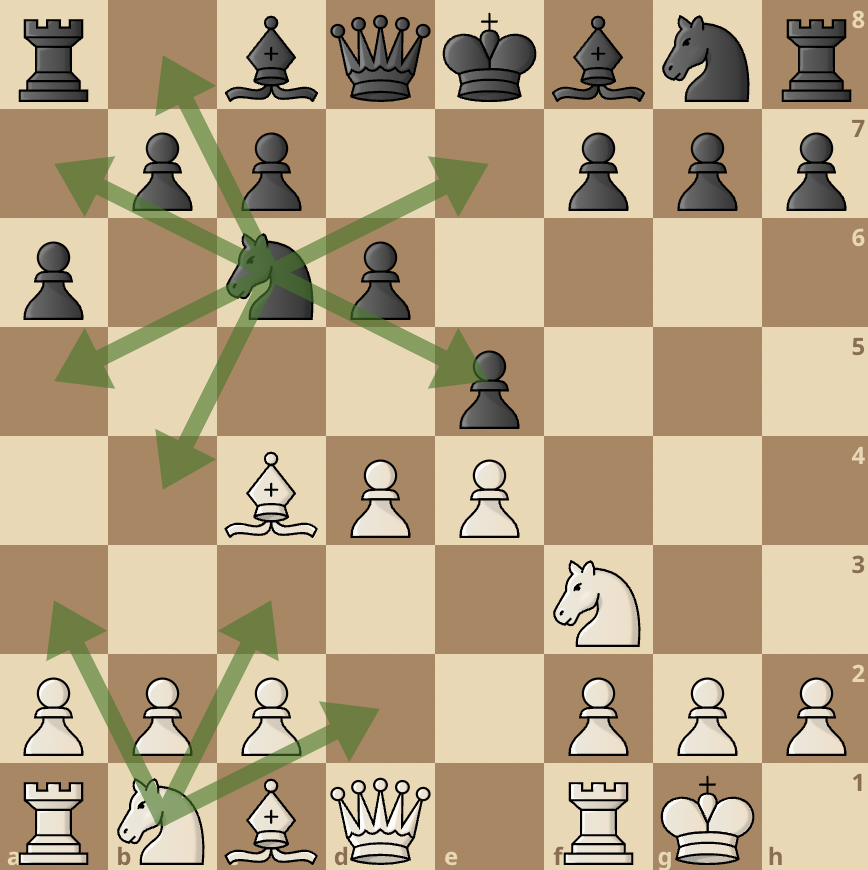
Frequently Asked Questions
What is the Bishop in Chess?
The bishop is the piece with an arc-looking slit cut in its head.
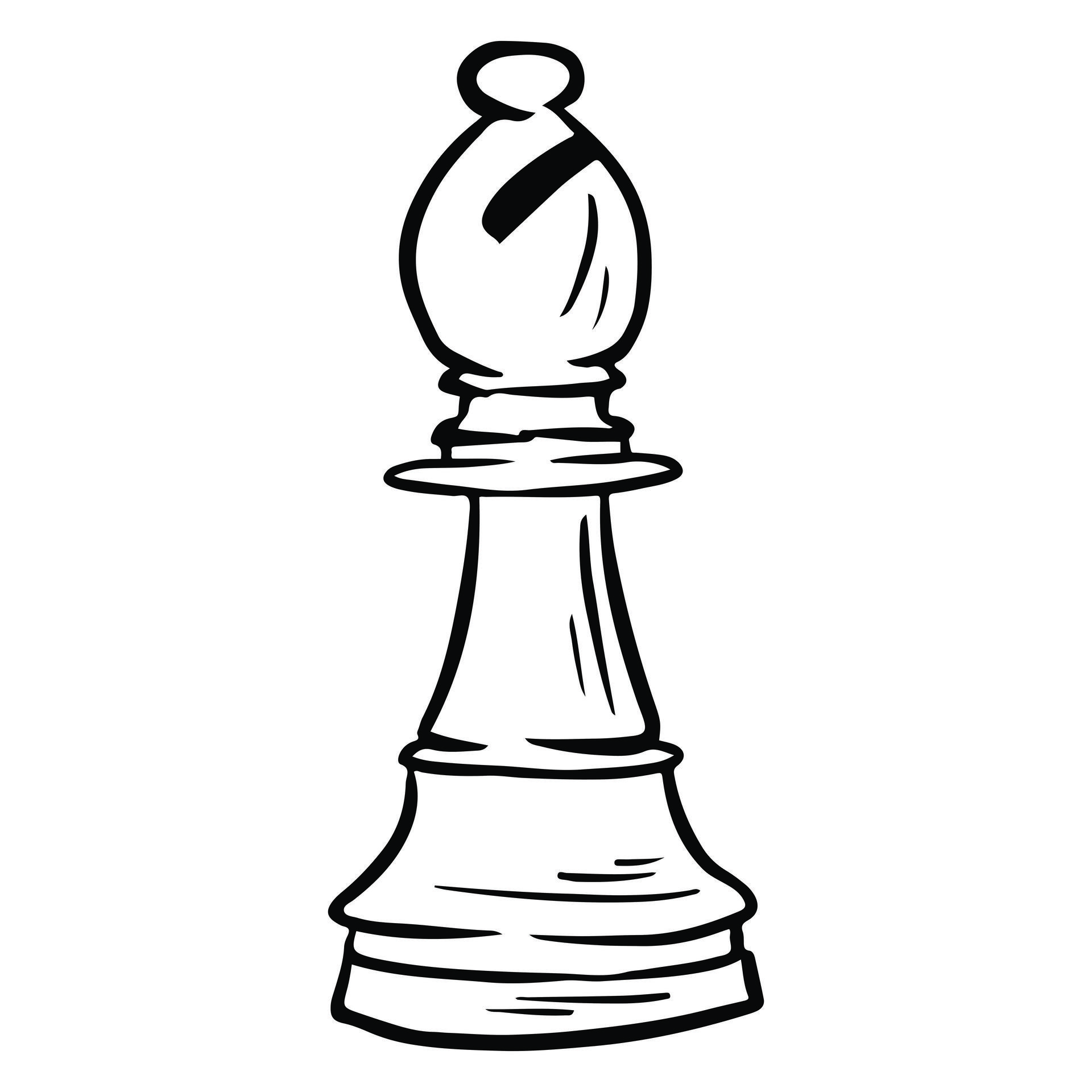
Every chess player starts with a pair of bishops at the beginning of the game (a light-squared bishop and dark-squared bishop).
The light-squared bishop stays on the light square while the dark-squared bishop stays on the dark square throughout the game.
This makes the total number of bishops on a chessboard at the beginning of the game equal to four (for both White and Black sides). They can also be referred to as kingside bishops and queenside bishops.
The kingside bishop is placed between the king and knight, while the queenside bishop rests between the knight and the queen.
A chess bishop is worth three points which makes it comparable to a knight but less valuable than a rook or queen.
Which is Better, Bishop or Knight?
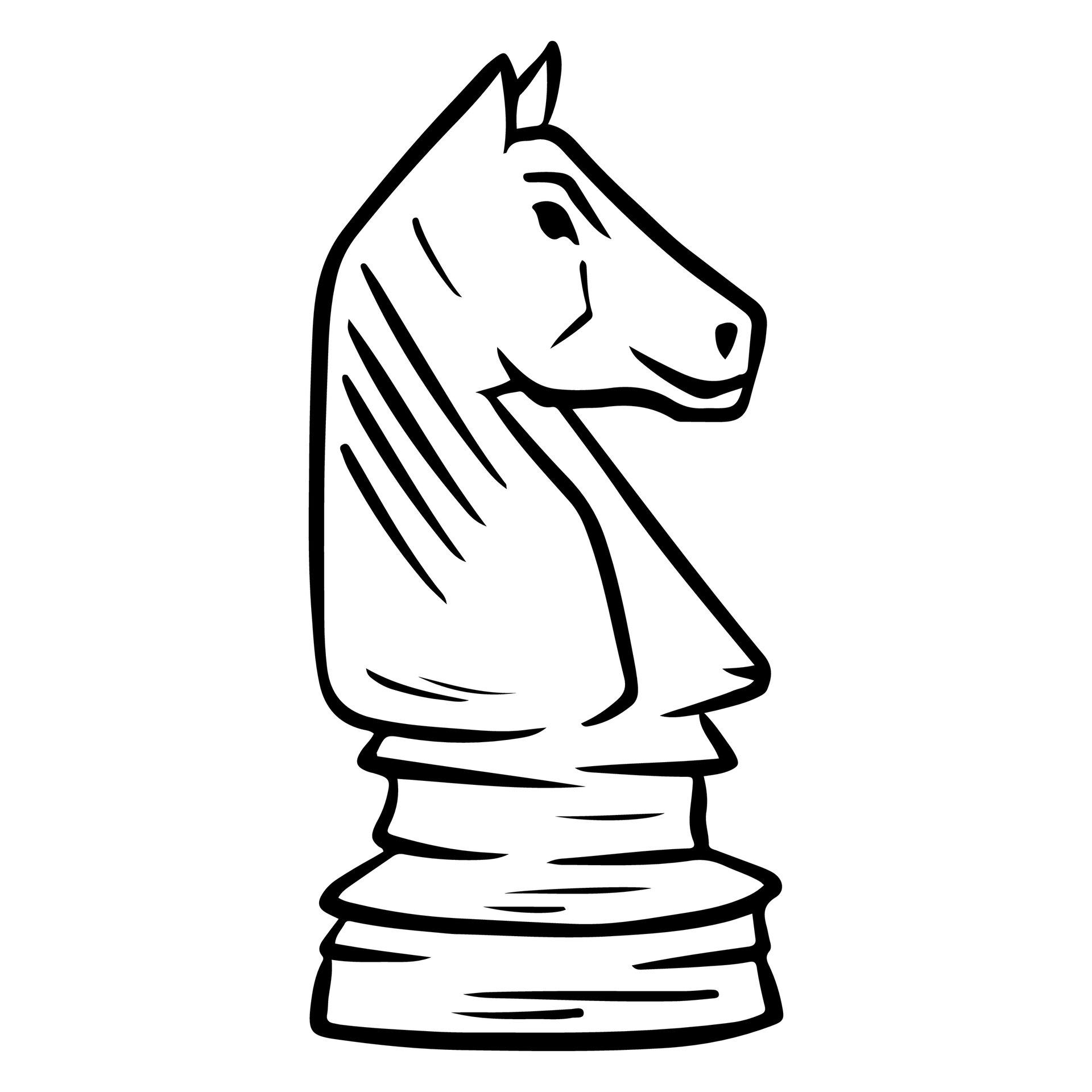
It depends on the position but in general, if you have two bishops on the board, they are worth more than 2 knights or a knight plus a bishop because they can cover more squares on the chessboard.
Some chess players even argue that this combination once the middlegame is reached might be worth as much as 9 points rather than 6
If there are no queens left on the board, the power of the bishops goes up.
In open games, the power of the bishops shine through but in closed positions, a knight is a more powerful piece because of its ability to jump over opponent’s pieces.
Knights and bishops may be of the same value in theory (3 points each) and at the beginning of the game, but in reality, their values are highly dependent on the circumstances on the board as the game progresses.
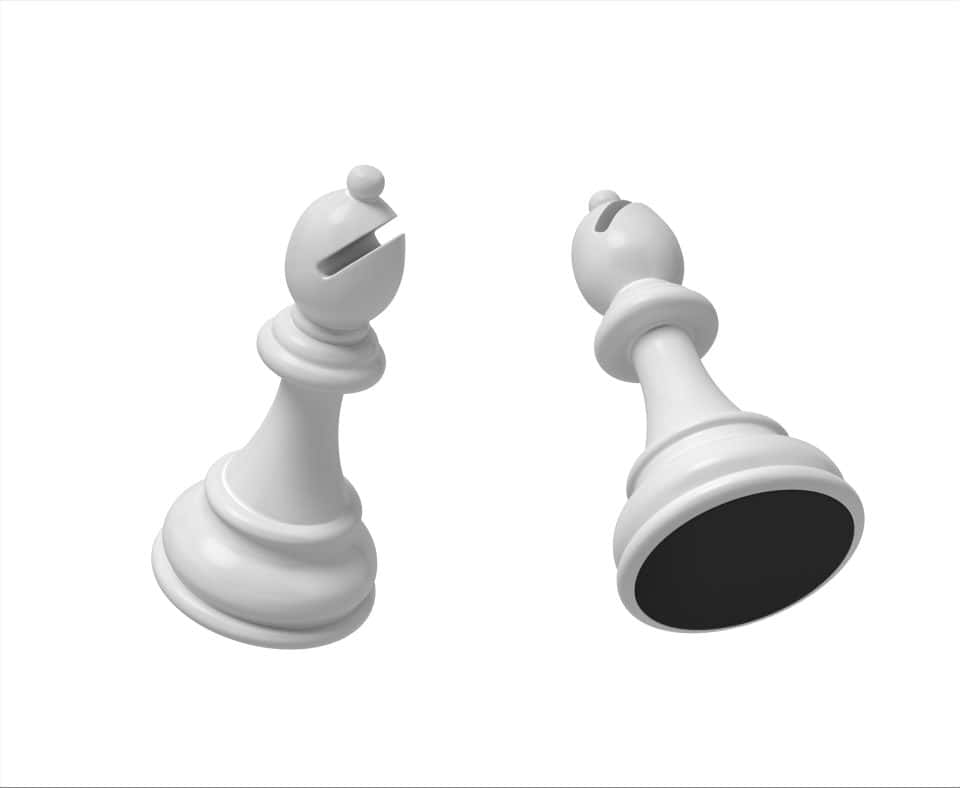

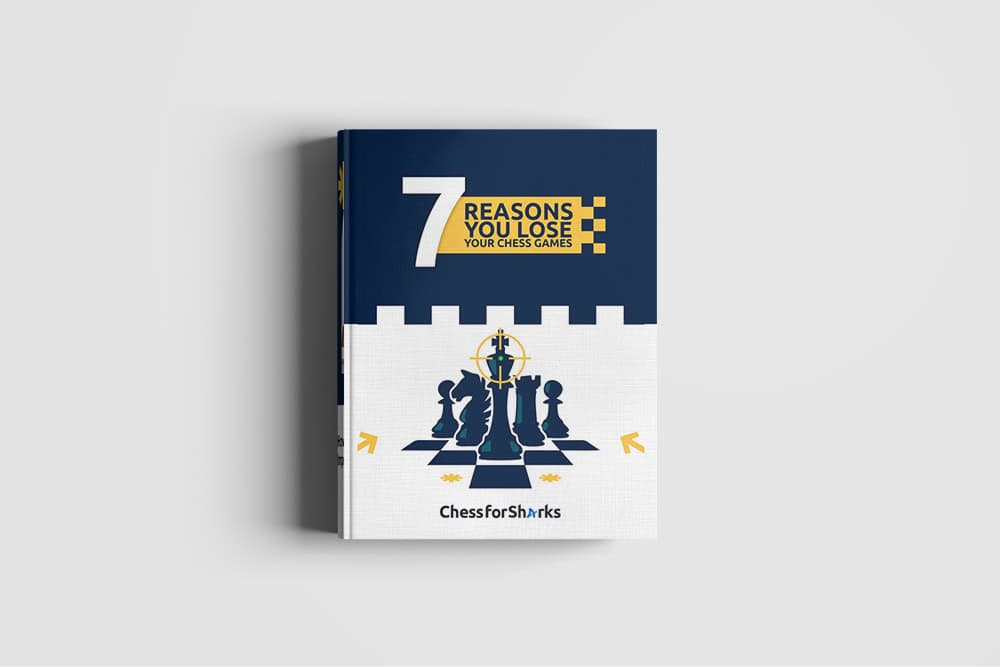
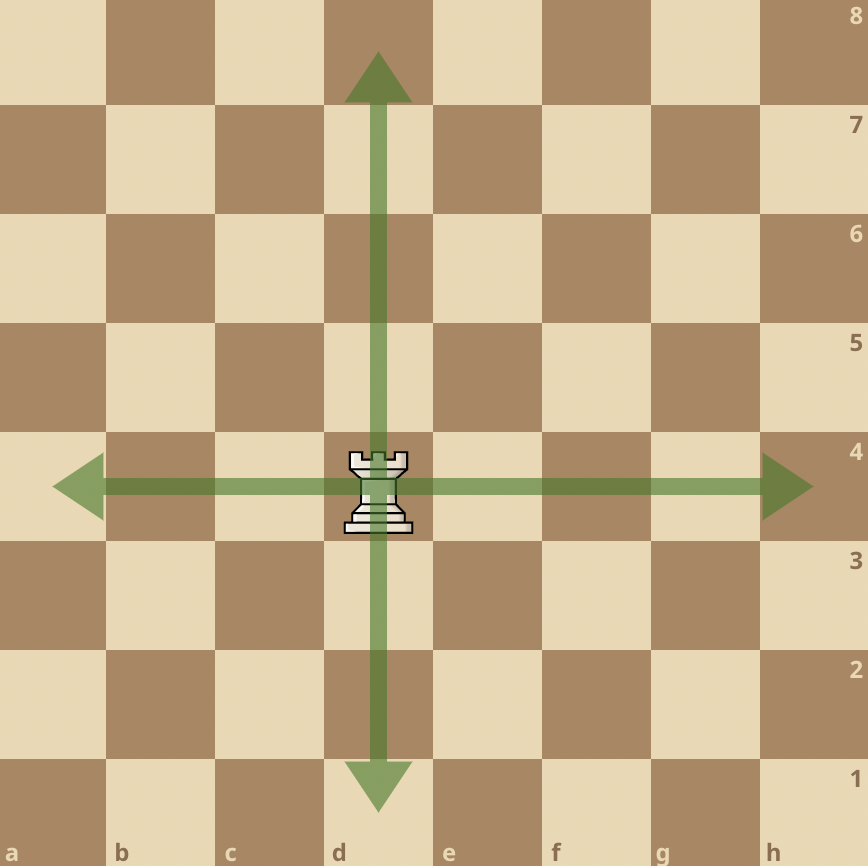
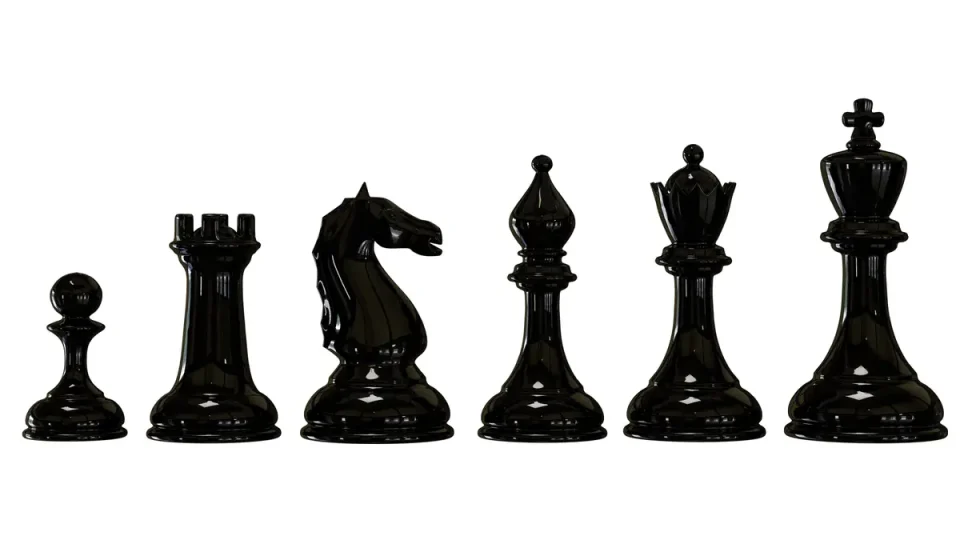
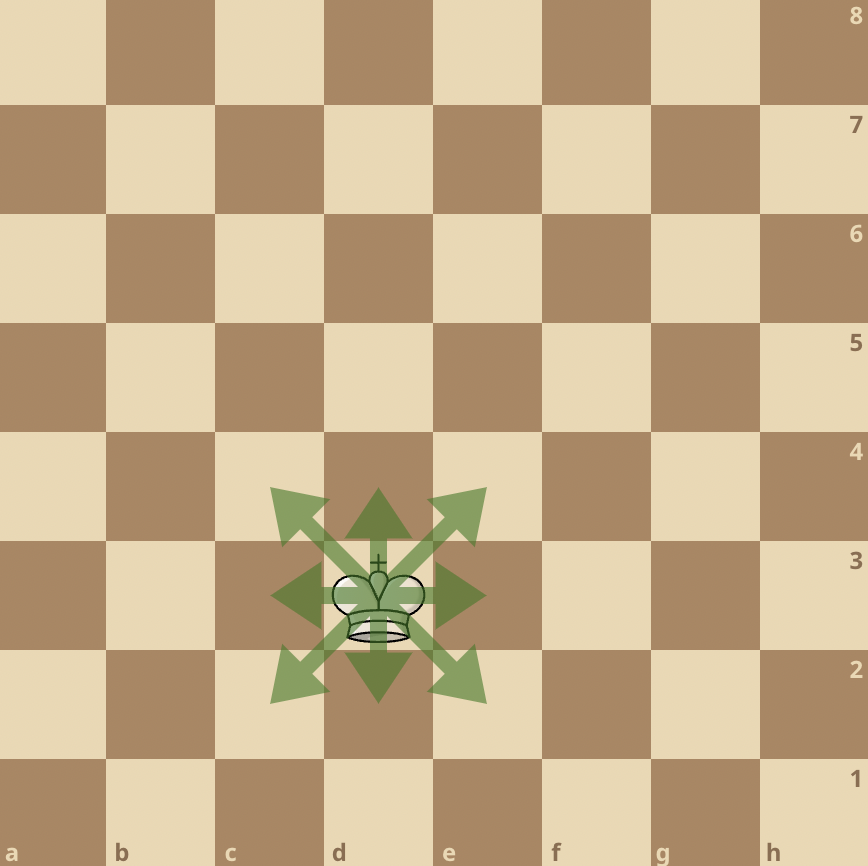
join the conversation